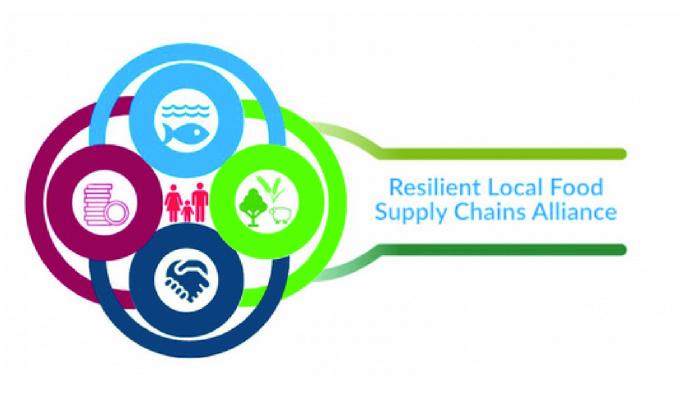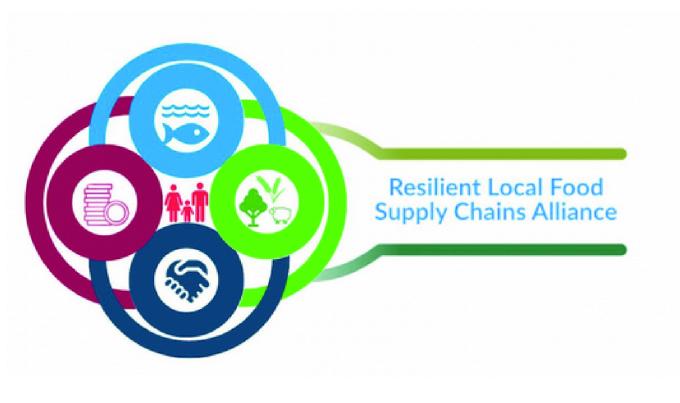Period
2020 - 2023
The Bureau of Fisheries and Aquatic Resources (BFAR) in the Philippines undertook a pioneering initiative to adopt the Ecosystem Approach to Fisheries Management (EAFM) across Fisheries Management Areas (FMAs). The practice represents a holistic shift towards community-driven fisheries management, balancing human well-being with ecological health. Methodologically, BFAR used a comprehensive toolkit encompassing effective facilitation techniques and technical assessments to engage stakeholders and guide decision-making. This approach facilitated collaborative efforts and data-driven strategies to address fisheries, socio-economic, environmental, and societal factors. The impact of this practice extends nationwide, laying the groundwork for sustainable fisheries management. Success factors include the use of institutional expertise, champion facilitators, and active sector participation. However, challenges remain, including funding sustainability and stakeholder engagement. Through a replicable process, BFAR established a framework for meaningful change. Key recommendations emphasise local understanding, stakeholder trust building, and visionary leadership. The practice signifies a pivotal step towards marine resource sustainability and resilient coastal communities. Join us in shaping a brighter future for Philippine fisheries.
You must be registered to see all the content
Identification needs
In 2019, the concept of establishing a Fisheries Management Area (FMA) was made a reality by the Philippine Bureau of Fisheries and Aquatic Resources (BFAR) through the Fisheries Administrative Order No. 263 which established 12 FMAs across the country adopting the Ecosystem Approach to Fisheries Management (EAFM). Of these, BFAR Region 3 or Central Luzon leads one of the FMAs, specifically FMA 6. As a specific marine water area identified for management, the FMA provided the opportunity to practice EAFM by demonstrating the pillars or components of EAFM, striking a balance between the human well-being or social aspect, and the ecological well-being or the environmental aspect, through good governance. BFAR, with its FMA focal persons identified per region, was oriented and capacitated on the EAFM process in 2020. The training provided steps on translating the EAFM principles into practice, particularly on the key elements needed for FMA implementation. The constraints of the area addressed include concerns on fisheries, socio-economics, environment, and societal factors. As for fisheries, fish species are ecologically similar and share migratory patterns and common fishing grounds across the regions of a given FMA. Socially, in terms of the pool of human resources, it is an advantage that BFAR regions have been clustered to share expertise, capacity, and clear coordination of stakeholders to substantially achieve its objectives. For the environmental aspect, the area shares some habitat ecosystems that can support different life cycles of demersal and pelagic fish where data should be established as a profile that could be updated with the interventions that will be undertaken. Societal factors in the FMA were considered such as the area being the center of economic activity in the country, dense population, and poor conditions of fishermen.
Stakeholder change
The overall method is the Ecosystem Approach to Fisheries Management (EAFM). According to the Essential EAFM Toolkit, a human toolkit is used which includes effective facilitation, running participatory workshops, meetings, focus group discussions, questioning techniques for facilitators, negotiation, and conflict management issues and tips. Meanwhile, the technical toolkit used includes community mobilization; presentations; timelines, ranking, rating, and sorting; matrices for stakeholder engagement; resource and ecological assessment; visioning; casual analysis; problem/objective tree and examples of operational objectives. Additional tools used in the FMA Planning process and generating data support are the EAFM Planning Process, Open Standards for the Practice of Conservation in particular the Situation Model (SM) and Theory of Change (TOC), the Illegal Unreported and Unregulated (IUU)-Fishing Index Tool (I-FIT), among others.
Change triggered
The practice is transferable or the process undertaken is replicable and was undertaken by all FMAs in the Philippines. Success factors include: - Tapping the permanent staff of the institutional agency ; - Active/champion facilitator at the main/central office who can sustain activities beyond the training/workshop; - Capacitating at least two (2) representatives per office to ensure that groundwork can be started; - Support from sector groups can be derived from their continuous participation in meetings; - Initial success in establishing key elements for EAFM; - Permanent sector representatives were empowered and continuously demonstrate consistent participation. Limits are funding availability and the capacity of the host and secretariat to sustain the enthusiasm, energy, and interest of sector representatives to achieve meaningful engagement.
Short description
The practice is technically feasible given sufficient time for some elements to unfold or be completed. Documentation and proper data management are important, particularly for annual or reporting purposes. Key recommendations for others who might be interested in adopting this good practice are: - Understanding of local conditions is an advantage - Trust of stakeholder representative (s) takes time initially and needs to be secured for smooth engagement later on - There should be harmony between key elements of a system for the concept, principle, or approach to be successful - Active or supportive Head of Agency, champion facilitators, and teamwork are crucial for its success
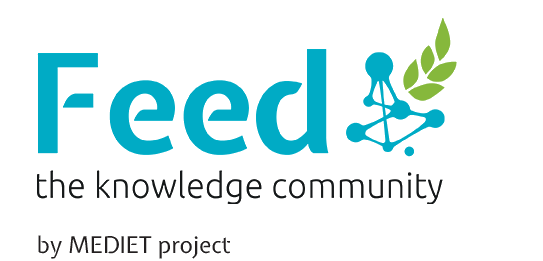
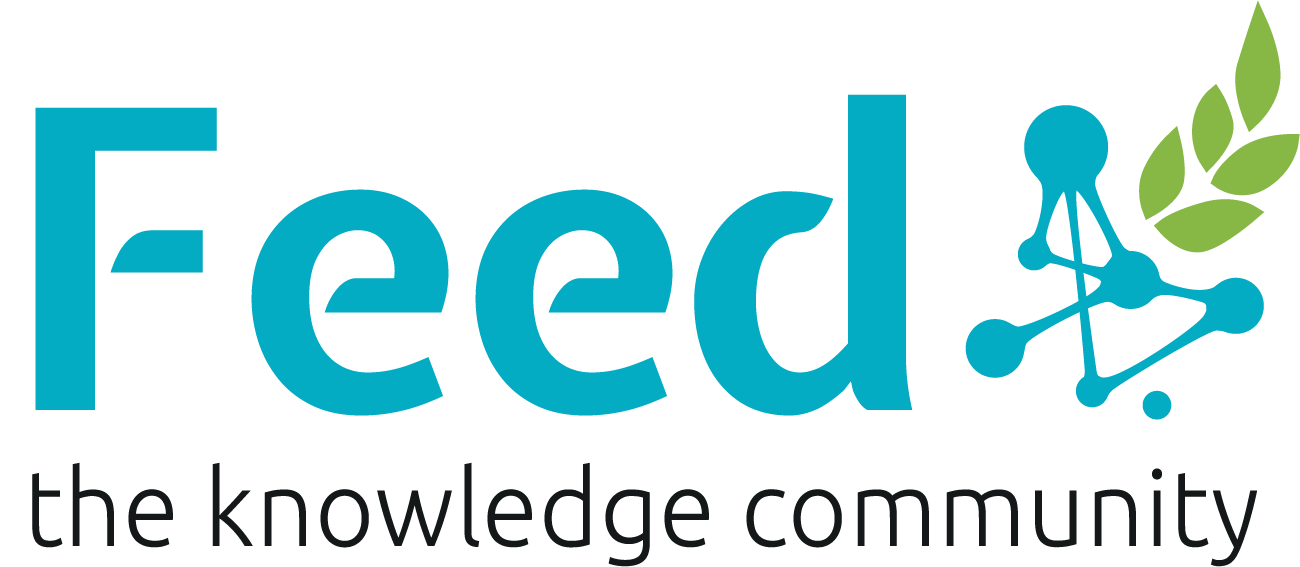
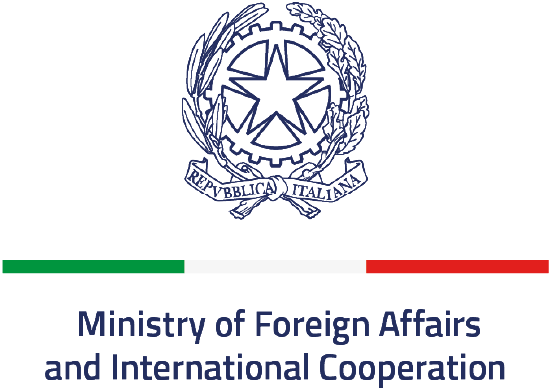
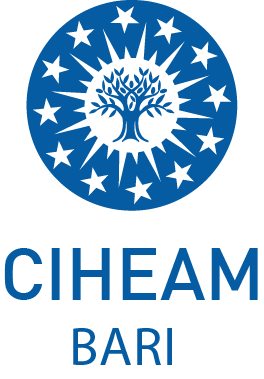





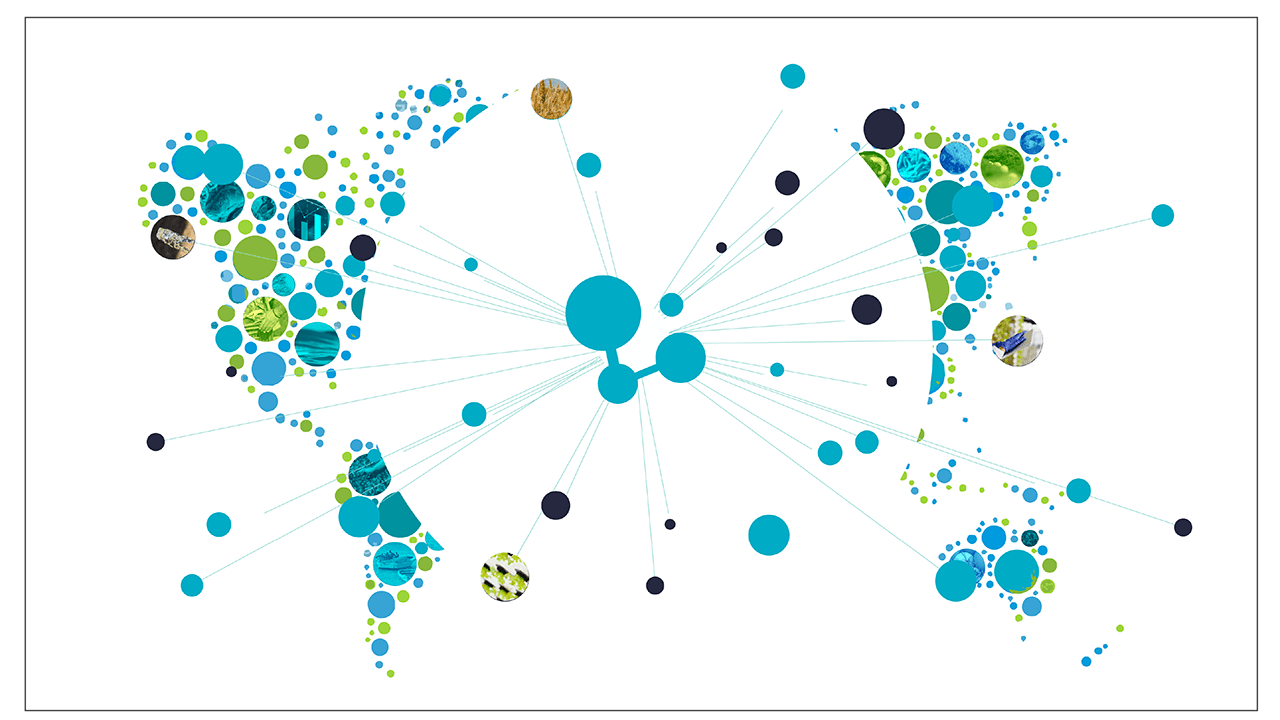
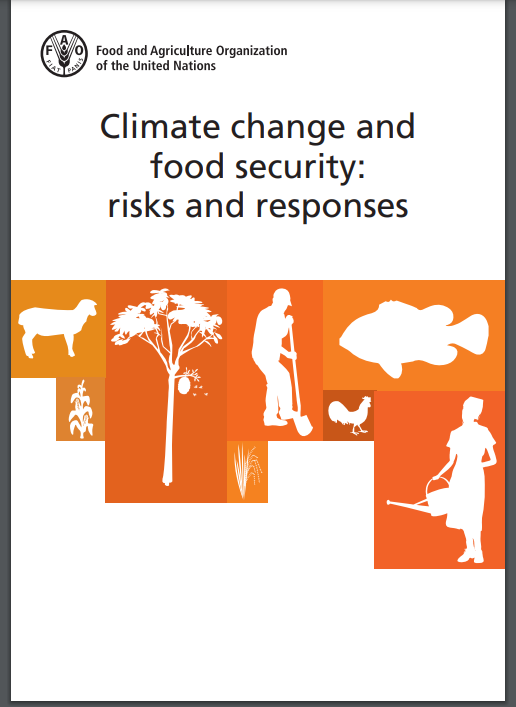
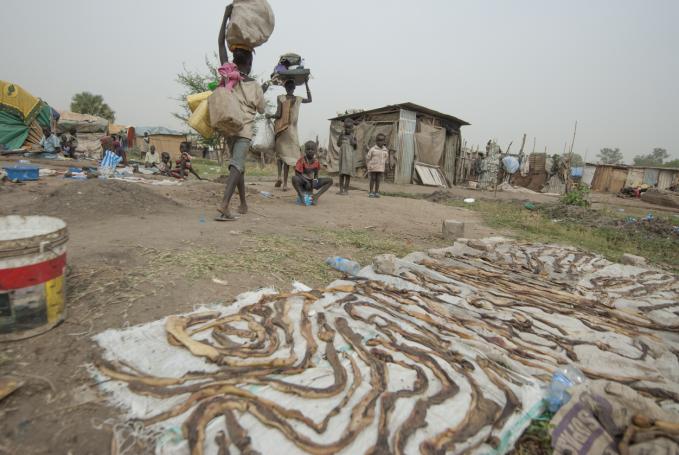
.png)
